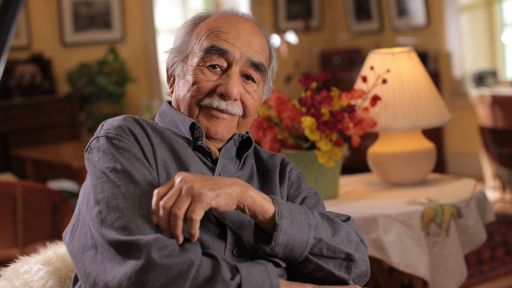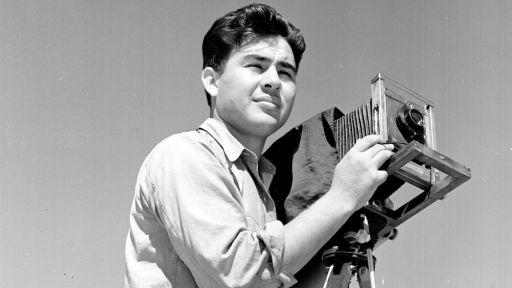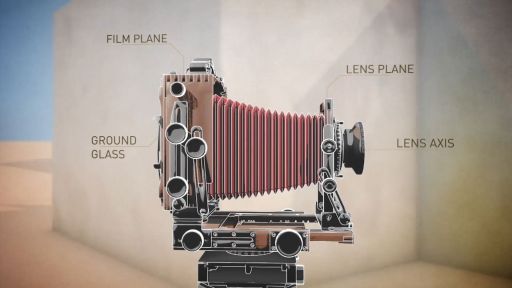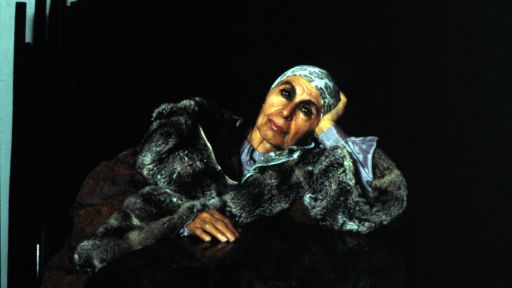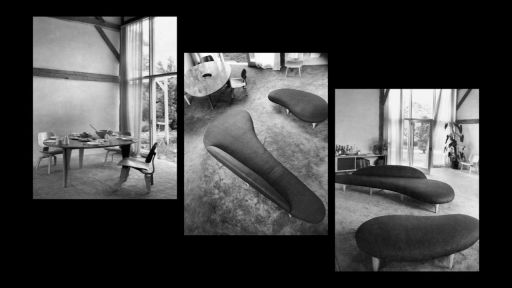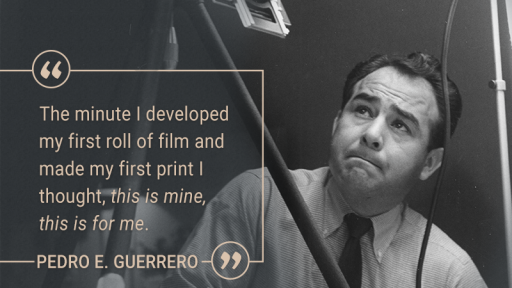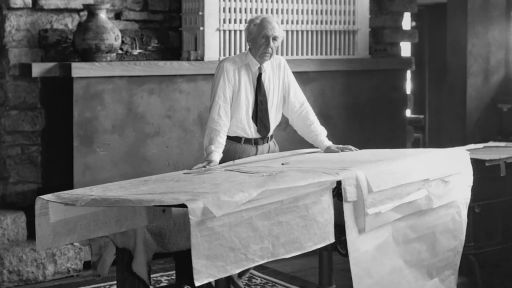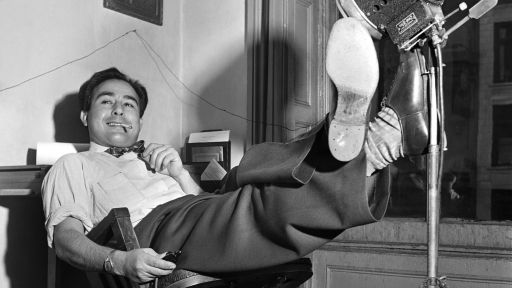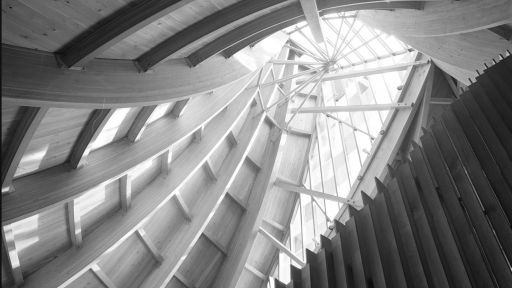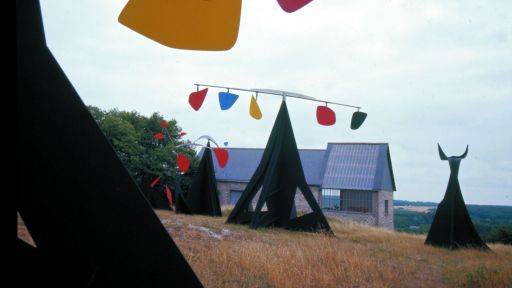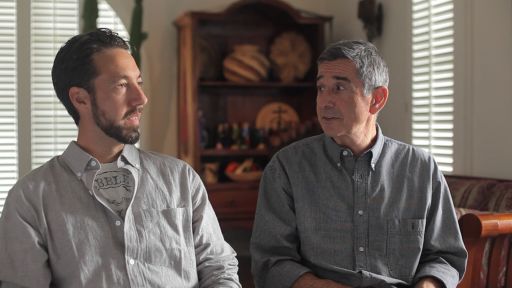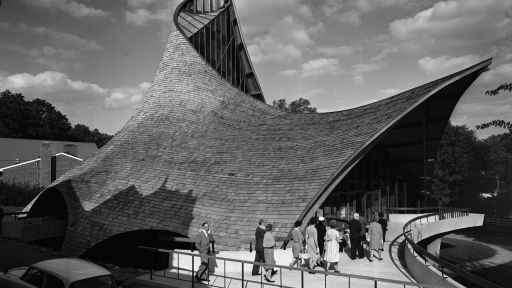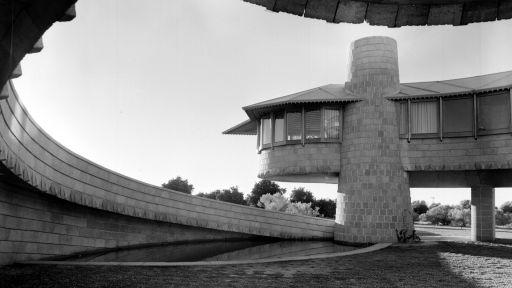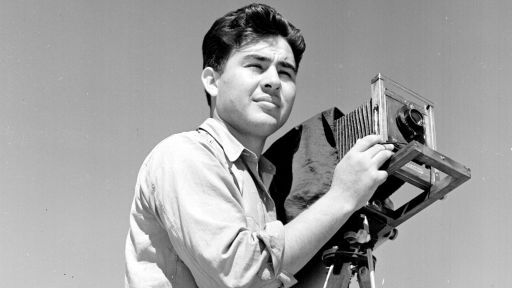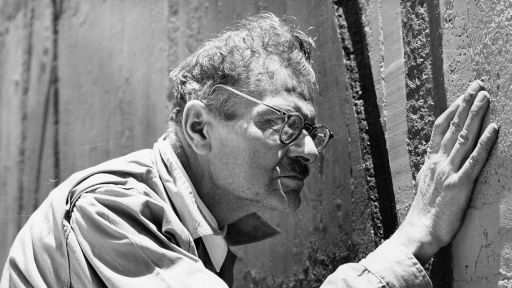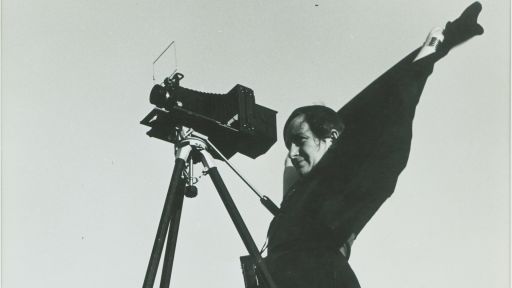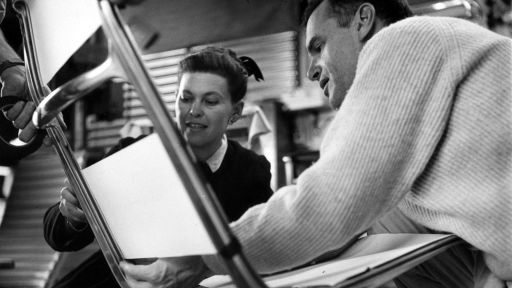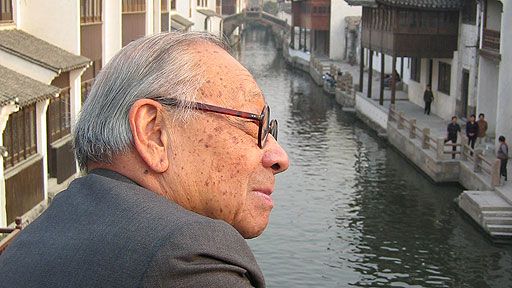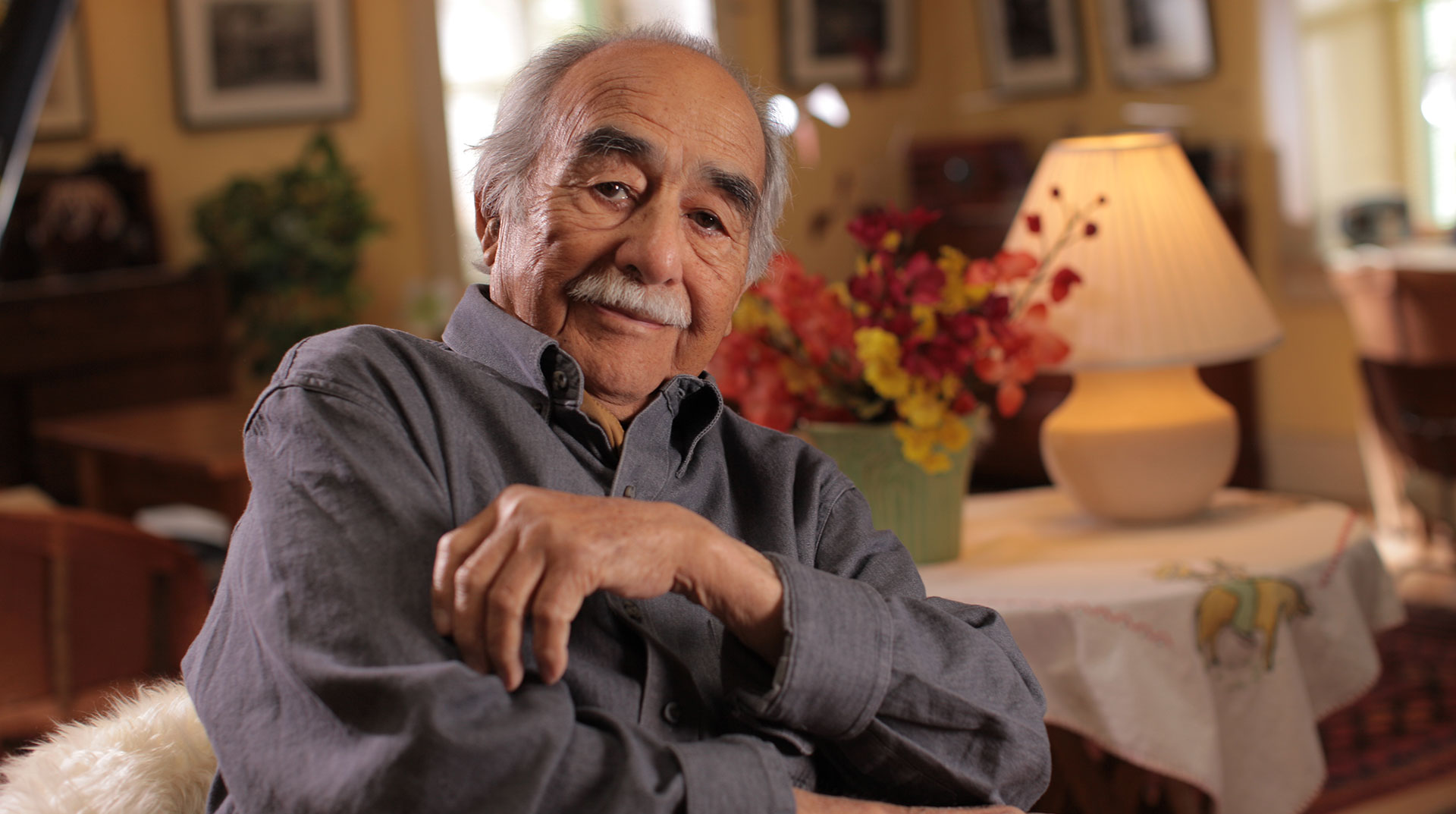 Pedro E. Guerrero was born in Casa Grande, Arizona, on September 5, 1917. The Guerrero family had lived in Arizona for generations. In the late 19th and early 20th century, Pedro’s grandfather and father often traveled back and forth across the border into Sonora, Mexico, for business and to visit family. Eventually, they settled in Mesa, Arizona, to start a family.
Pedro E. Guerrero was born in Casa Grande, Arizona, on September 5, 1917. The Guerrero family had lived in Arizona for generations. In the late 19th and early 20th century, Pedro’s grandfather and father often traveled back and forth across the border into Sonora, Mexico, for business and to visit family. Eventually, they settled in Mesa, Arizona, to start a family.
Growing up, Guerrero attended “Mexican only” segregated schools and experienced a society that made him feel out of place and unworthy. After high school, he followed his older brother, Adolfo, to Los Angeles where he enrolled at Art Center in Pasadena. By pure accident he enrolled in a photography class and immediately fell in love the moment he developed his first roll of film.
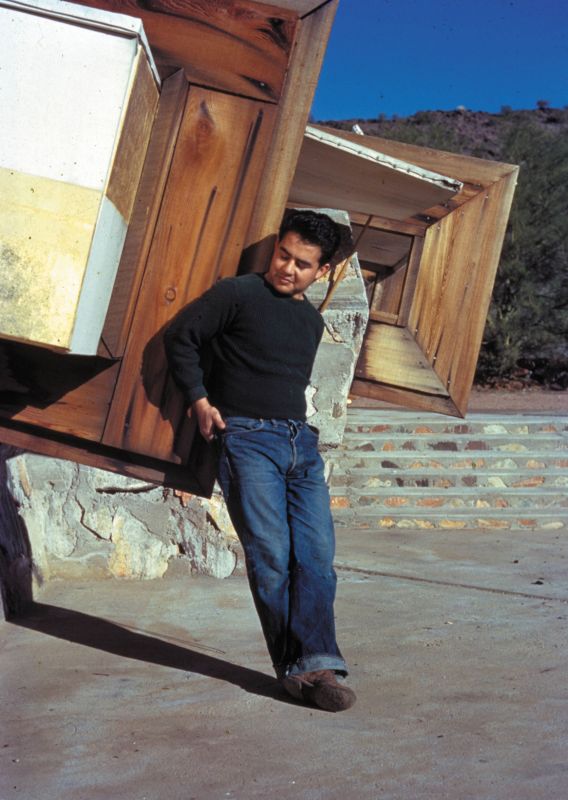
Pedro E. Guerrero, age 22, at Taliesin West, architect Frank Lloyd Wright’s home. Self portrait. ©2015 Pedro E. Guerrero Archives.
Guerrero was just 22 when Frank Lloyd Wright took an amused look at his portfolio in 1939 and hired him to document Taliesin West, his desert home in Arizona. Wright’s spur-of-the moment decision whisked Guerrero away almost overnight from small-town intolerance to an association which lasted until the architect’s death in 1959.
After serving overseas in World War II, Guerrero moved to New York City and became one of the most sought-after architectural photographers of the “Mad Men” era, traveling all over the world for the major magazines. A failed assignment at the farmhouse of the sculptor Alexander Calder changed his life forever. Strait-laced House & Garden magazine saw a house with too much individuality and killed the shoot on the spot. Guerrero, however, had never been so delighted. His candid shots of Calder in his home and studio, and of his exquisitely elegant mobiles, document not only the works, but the world of a genius. His association with Calder lasted 13 years, and, as with Wright, he developed another great friendship.
Guerrero settled in nearby Connecticut and commuted to New York. In the 60s and 70s he opposed the Vietnam War and, as a member of the New Canaan draft board, he used his position to support conscientious objectors. His pacifist views and editorials became well known and eventually he was fired from House & Garden and lost other contracts. His career seemed to come to a halt. He spent the next few years shooting photographs of New York and mustering freelance assignments.
Artist Louise Nevelson swept into Guerrero’s life when he was 62. Guerrero saw sculpture wherever he looked, and that included Nevelson, dressed in rich, colorful fabrics, never without several sets of false eyelashes. Guerrero’s portraits of the artist in her carefully composed, eerily beautiful rooms, capture a woman who made no distinction between her life and her work.
At age 75, Guerrero returned to Florence, Arizona, his homeland, a place he never expected to see again. He died there on September 13, 2012, at the age of 95.

